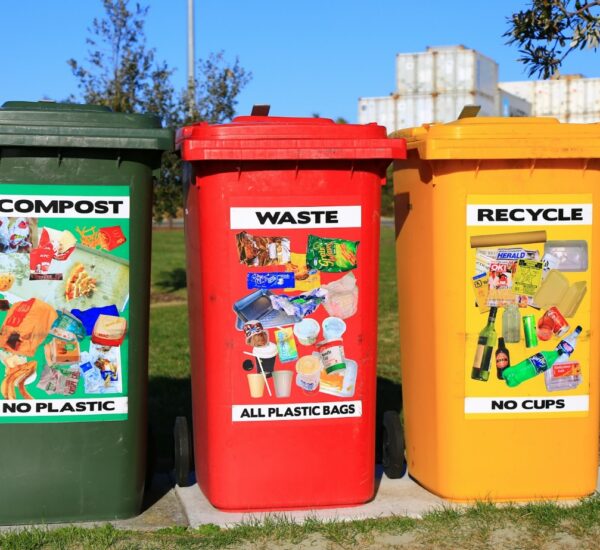- Animal Waste Management/Non-Point Source Pollution Control Grants
Grant funding is not available at this time.
- NJDA Animal Waste Management Rules
BMP Manual
(Included bookmarks will enable viewers to jump to relevant sections of this document)
- Frequently Asked Questions
Why did the NJDA develop these rules? The New Jersey Department of Agriculture (NJDA) has been authorized by the Legislature to develop criteria and standards for animal waste management through the Leaf Composting Law of 1989 and the Aquaculture Development Act of 1997. The NJDA is developing these rules to fulfill its legislative mandate and to proactively address non-point source pollution that may emanate from agricultural animal operations.
Which animal farms are affected by these rules? All farms, as defined in the rules, will have to follow the General Requirements of the rules. Operations with 8 or more Animal Units (AU) [1 AU= 1000 pounds of live animal weight] or those receiving or applying 142 or more tons of animal waste per year will be required to develop and implement a self-certified Animal Waste Management Plan. Operations with Animal Densities (ADs) greater than 1 AU per acre will be required to develop and implement a high-density Animal Waste Management Plan and have it reviewed to ensure conformance with the New Jersey Field Office Technical Guide (NJ-FOTG). Operations with 300 or more AUs, regardless of animal densities, will need to develop and implement a Comprehensive Nutrient Management Plan (CNMP) and be certified by the NJDA. Operations with 1 to 7 AUs or those receiving or applying less than 142 tons of animal waste per year, are encouraged, but not required to develop a self-certified Animal Waste Management Plan.
What must an operator do to comply with these rules? All farms, as defined in the rules, are required to implement the General Requirements of the rules within 12 months of the effective date of these rules. Operations with 8 to 299 AUs or those receiving or applying 142 or more tons of animal waste per year are required to develop a self-certified or high-density Animal Waste Management Plan within 18 months of the effective date of these rules. The plans must be completely implemented within 36 months of the effective date of these rules. Operations with 300 or more AUs are required to have a CNMP developed and completely implemented within 36 months of the effective date of these rules and must receive certification from the NJDA.
What are the General Requirements of the rules? There are 5 General Requirements: 1) No agricultural animal operation shall allow animals in confined areas to have access to waters of the State unless such access is controlled in accordance with the NJDA BMP Manual. 2) Manure storage areas shall be located at least 100 linear feet from surface waters of the state. 3) The land application of animal waste shall be performed in accordance with the principles of the NJDA BMP Manual. 4) No livestock that have died from a reportable contagious disease or an act of bio-terrorism (nor associated animal waste) shall be disposed of without first contacting the State Veterinarian. 5) Any person entering a farm to conduct official business related to these rules shall follow bio-security protocol.
How does an operator develop a self-certified or high-density plan? The NJDA BMP Manual will contain a template for both types of Animal Waste Management Plans. The plan may be developed by the owner/operator or in consultation with an NJDA, NRCS or Rutgers Cooperative Extension (RCE) staff person. The self-certified and high-density plan template and the NJDA BMP Manual will also be available in electronic format.
What if the operation already has a CNMP? If the CNMP was developed and approved after October 1, 2001, implementation of such plan shall deem the operation in compliance. However, the CNMP must be reviewed annually and updated if the number of AUs increases by 25 percent or more.
Is there any financial assistance available for plan development and implementation? It is anticipated that there will be little to no cost associated with plan development. Plan implementation costs will vary depending on the size of the operation and complexity of the plan. The more extensive plans may qualify for cost-share assistance that is available through state and federal conservation programs.




